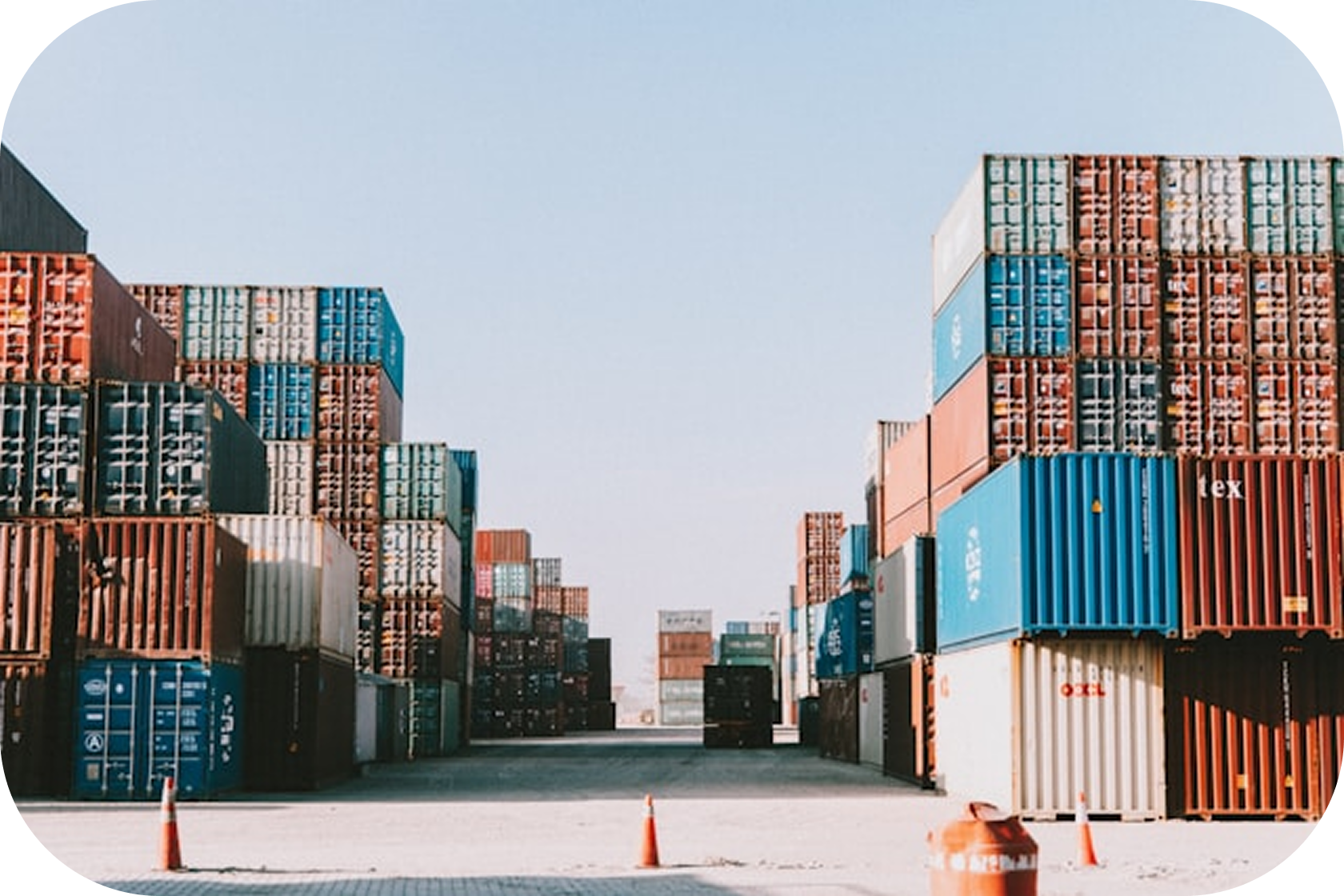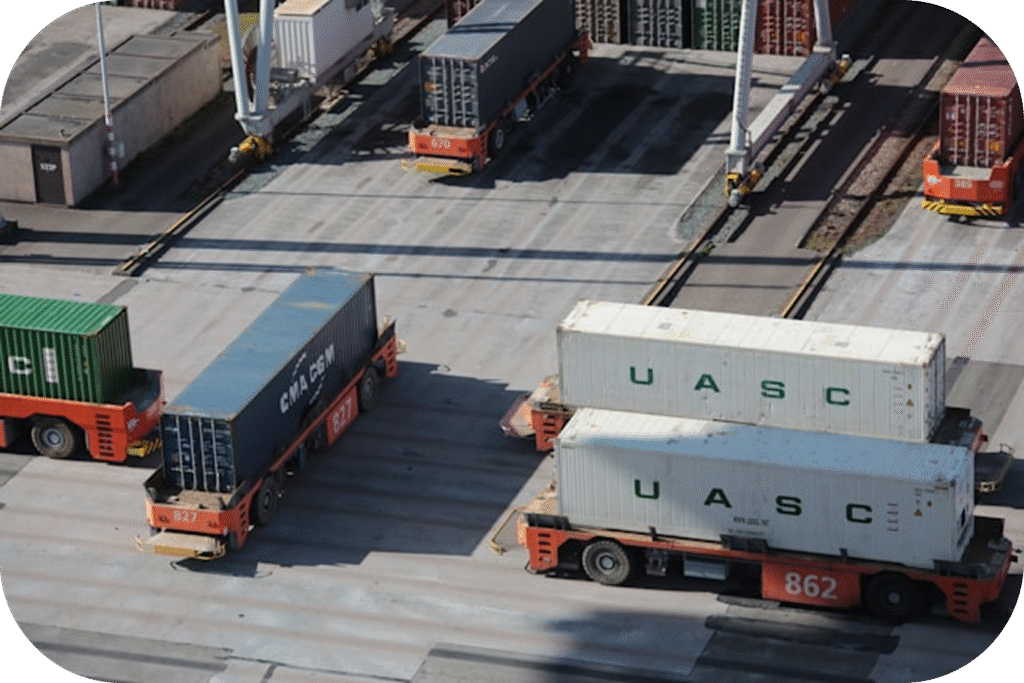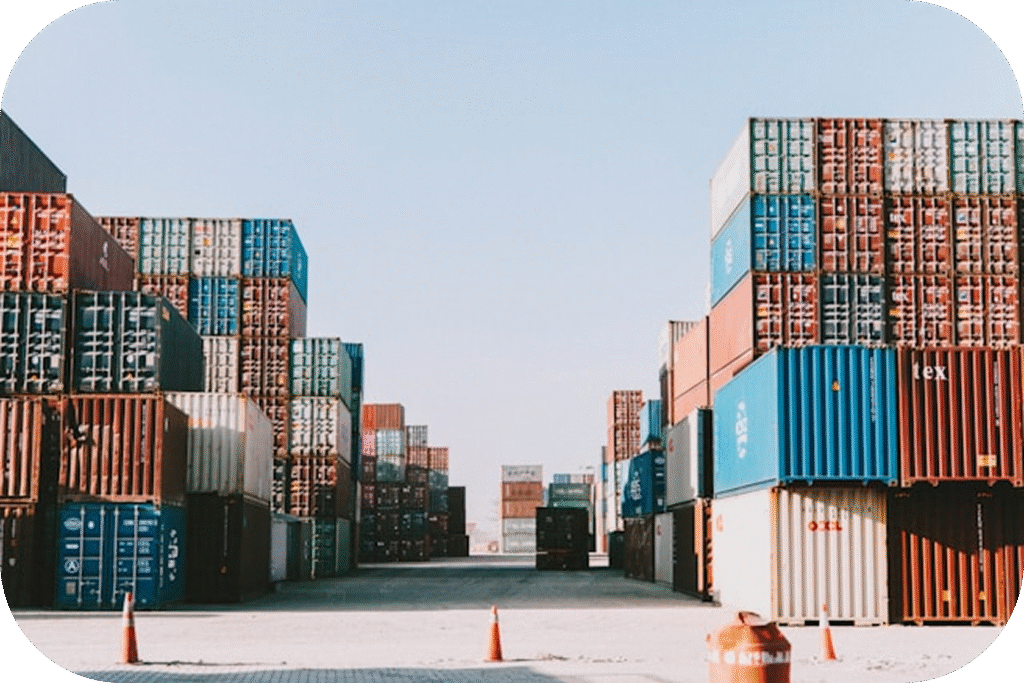In today’s interconnected world, global port congestion has emerged as one of the most pressing challenges facing international trade. From the Suez Canal blockage to ongoing delays at major container terminals worldwide, supply chain disruptions have become the new normal. However, with the right Solusi untuk Padatnya Pelabuhan Global, businesses can transform these challenges into competitive advantages.
Understanding the Scope of Port Congestion
Port congestion affects more than just shipping schedules—it creates ripple effects throughout entire supply chains. When vessels queue for days or weeks to berth, the consequences extend far beyond delayed deliveries. Inventory shortages, increased storage costs, and compromised customer satisfaction become inevitable outcomes that can severely impact business operations.
The root causes of port congestion are multifaceted. Infrastructure limitations, labor shortages, equipment bottlenecks, and unexpected demand surges all contribute to the perfect storm that creates these delays. Recent global events have only amplified these issues, making it clear that traditional reactive approaches are no longer sufficient.
Strategic Approaches to Port Congestion Management
Effective Solusi untuk Padatnya Pelabuhan Global require a proactive, multi-layered approach that addresses both immediate challenges and long-term resilience. The key lies in developing comprehensive strategies that anticipate disruptions rather than simply responding to them.
Real-Time Visibility and Intelligence
Modern logistics operations demand unprecedented visibility into port conditions, vessel movements, and cargo status. Advanced tracking systems and predictive analytics enable businesses to identify potential congestion points before they become critical bottlenecks. This intelligence allows for dynamic routing decisions and proactive communication with stakeholders throughout the supply chain.
Flexible Routing and Alternative Gateway Strategies
Smart logistics providers understand that relying on a single port or traditional shipping route is a recipe for disruption. By developing alternative gateway strategies and maintaining relationships with multiple port facilities, businesses can quickly pivot when congestion strikes. This approach requires careful analysis of trade lanes, transit times, and cost implications to ensure optimal decision-making.
The Power of Worldwide Hub Networks
To truly adapt to changing logistics needs with our worldwide hub network, modern logistics solutions must embrace a distributed approach to cargo handling and storage. Strategic hub placement across key geographic regions creates multiple options for cargo consolidation, deconsolidation, and redistribution.
These hub networks serve as pressure relief valves during peak congestion periods. When primary ports experience delays, cargo can be redirected to alternative hubs where it can be processed, stored, or forwarded through different channels. This flexibility is particularly valuable for time-sensitive shipments and helps maintain service levels even during widespread disruptions.
Furthermore, worldwide hub networks enable near-shoring and regionalization strategies that reduce dependence on long-haul routes through congested maritime corridors. By positioning inventory closer to end markets through strategically located hubs, businesses can minimize exposure to port congestion while improving delivery speed and reliability.
Technology-Driven Solutions
Modern Solusi untuk Padatnya Pelabuhan Global leverage cutting-edge technology to optimize operations and improve resilience. Artificial intelligence and machine learning algorithms analyze vast amounts of data to predict congestion patterns and recommend optimal routing decisions.
Blockchain technology enhances transparency and coordination among multiple stakeholders in the supply chain, reducing paperwork delays and improving cargo flow through ports. Internet of Things (IoT) sensors provide real-time monitoring of container conditions and locations, enabling better planning and resource allocation.
Digital twin technology creates virtual replicas of port operations, allowing logistics providers to simulate different scenarios and optimize strategies before implementing them in real-world situations. This approach significantly reduces risk and improves the effectiveness of congestion mitigation measures.
Building Resilient Partnerships
Successful navigation of port congestion requires strong partnerships with multiple stakeholders throughout the logistics ecosystem. This includes relationships with port authorities, shipping lines, customs agencies, and local service providers at key locations worldwide.
These partnerships enable access to preferential treatment, priority berthing, and alternative service options during peak congestion periods. They also provide valuable intelligence about local conditions and upcoming challenges that might not be visible through traditional channels.
Future-Proofing Supply Chain Operations
As global trade continues to evolve, Solusi untuk Padatnya Pelabuhan Global must adapt to address emerging challenges. Climate change, geopolitical tensions, and shifting trade patterns all influence port operations and congestion patterns.
Sustainable logistics practices are becoming increasingly important, with many ports implementing environmental regulations that affect vessel scheduling and cargo handling procedures. Forward-thinking logistics providers are investing in green technologies and sustainable practices that align with these evolving requirements.
Conclusion: Turning Challenges into Opportunities
Port congestion will remain a persistent challenge in global logistics, but it doesn’t have to derail your supply chain operations. With comprehensive Solusi untuk Padatnya Pelabuhan Global that leverage worldwide hub networks, advanced technology, and strategic partnerships, businesses can maintain operational continuity and even gain competitive advantages.
The key is to adapt to changing logistics needs with our worldwide hub network by embracing flexibility, investing in technology, and building resilient relationships throughout the supply chain. By taking a proactive approach to congestion management, your business can navigate current challenges while positioning itself for future success in an increasingly complex global marketplace.
Contact us today to learn how our strategic solutions can help your business overcome port congestion challenges and build a more resilient supply chain for the future.





